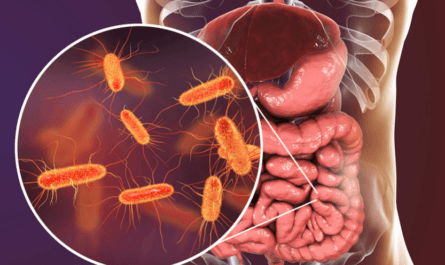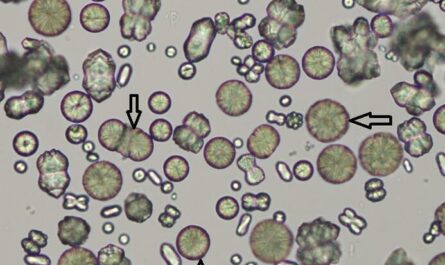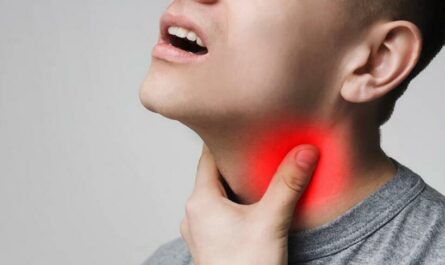A low lymphocyte count, also known as Lymphopenia, is a medical condition in which a person has fewer than the normal number of lymphocytes. Lymphocytes are a type of white blood cell that plays a vital role in the body’s immune system. They can combat viral or bacterial infections and help build your body’s immunity through vaccinations or past infections.
In most cases, a low lymphocyte count may resolve without treatment. However, it is important to talk to a doctor to determine the best course of action. If left untreated, a low lymphocyte count can lead to serious health problems. This article will discuss 14 causes of low lymphocyte count.
Types and Functions of lymphocytes
There are three main types of lymphocytes: T cells, B cells, and natural killer cells.
- B-lymphocytes: B-lymphocytes are a type of white blood cell that plays an important role in the body’s immune system. They are responsible for recognizing and eliminating pathogens, such as viruses and bacteria, by producing antibodies.
- T-lymphocytes: T-lymphocytes are another type of white blood cell important for the body’s immune system. They are responsible for recognizing and attacking foreign invaders, such as viruses and bacteria.
- Natural Killer Cells: Natural Killer Cells are a type of white blood cell important for the body’s immune system. They are responsible for recognizing and eliminating foreign invaders, such as viruses and bacteria.
What Is Low Lymphocyte Count?
To measure low lymphocyte counts, you should know the normal lymphocyte range. According to new research, a healthy adult’s average count is 1000-4800 cells per microliter of blood. For children, the normal range is between 3,000 and 9,500 lymphocyte cells per microliter of blood.
If the lymphocyte count per microliter of blood is less than 1000 for adults, it is considered lymphopenia or lymphocytopenia. For children and infants, lymphocytopenia means that the blood lymphocyte count per microliter of blood is less than 3000.
What is a Low Absolute Lymphocyte Count?
A low lymphocyte count is equivalent to having a low absolute lymphocyte count (ALC). Absolute lymphocyte count represents the percentage of lymphocytes and the total white blood cell count. The mathematical formula is expressed as ALC = WBC X % lymphocytes.
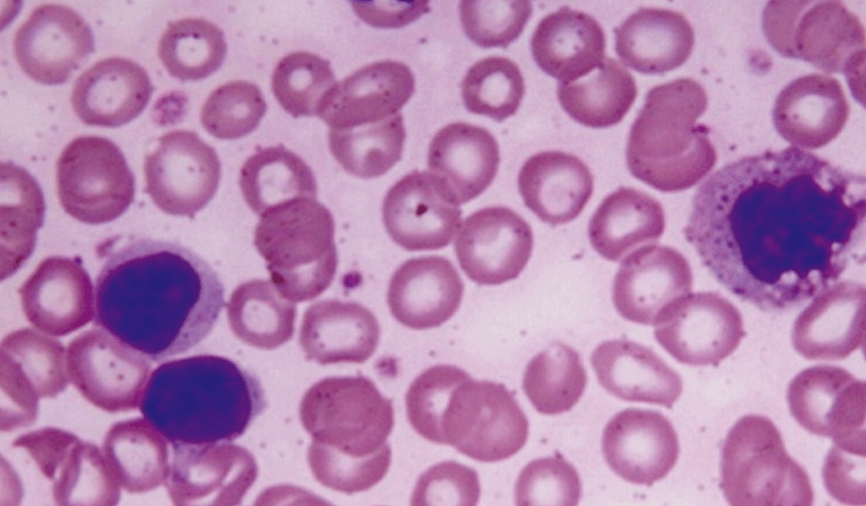
What Does it Mean If Your Lymphocyte Count is Low?
When a person’s lymphocyte count is low, it means their body is having difficulty producing enough lymphocytes. This indicates that your immune system is weak and becomes vulnerable to infections caused by bacteria, viruses, parasites, or fungi. This condition is also called immunodeficiency.
In cases of immunodeficiency, the person is often more prone to developing infections and illnesses. In addition, it is hard for your body to combat diseases with a low lymphocyte count.
Lymphocytopenia can be a sign of underlying health conditions, such as HIV/AIDS, certain types of cancer, or an autoimmune disorder. It may also be caused by certain medications or treatments, such as radiation or chemotherapy.
Symptoms of Low Lymphocyte Count
- Fatigue: People with a low lymphocyte count often experience extreme fatigue due to the body’s inability to fight infection.
- Fever: A low lymphocyte count can cause a fever due to the body’s weakened immune system.
- Swollen Lymph Nodes: Because the lymph nodes are responsible for filtering out bacteria and viruses, they may become swollen or inflamed due to a low lymphocyte count.
- Skin Rash: A skin rash can be caused by a weakened immune system, a sign of a low lymphocyte count.
- Infections: People with a low lymphocyte count are more prone to infections due to their weakened immune systems.
- Weight Loss: Weight loss is a common symptom of a low lymphocyte count, as the body cannot absorb nutrients properly.
10 Acquired Causes of Low Lymphocyte Count
1. Typhoid fever
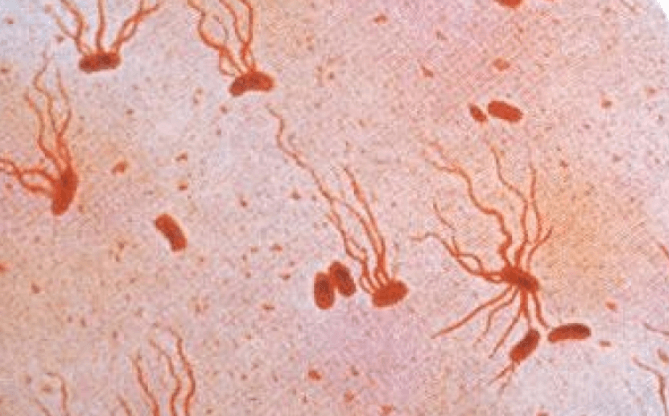
Caused by Salmonella typhi bacteria, Typhoid fever is transmitted through consuming contaminated water or food. It can also be transmitted through contact with an infected person.
Most people with typhoid fever can alleviate the symptoms after taking antibiotics. In rare cases, this condition may cause death due to further complications.
High fever, abdominal pain, diarrhea or constipation, rashes, swollen abdomen, sweating, dry cough, and headache are the most common signs and symptoms of typhoid fever.
2. Viral Hepatitis
Viral hepatitis refers to liver inflammation when the liver becomes injured or infected. This condition can cause low lymphocyte count and damage to organs.
Hepatitis is commonly caused by a viral infection, including hepatitis A, B, C, D, and E. Other possible causes of hepatitis include excessive alcohol consumption, certain medications, and other health conditions.
Hepatitis treatments are determined by which type of hepatitis you have.
Hepatitis A is a short-term illness that usually doesn’t require treatment. People who develop Hepatitis B and hepatitis C can be treated with antiviral medications. In addition, the vaccine can also be used to treat Hepatitis A and Hepat, itis, and Hepatitis D.
3. HIV/AIDS
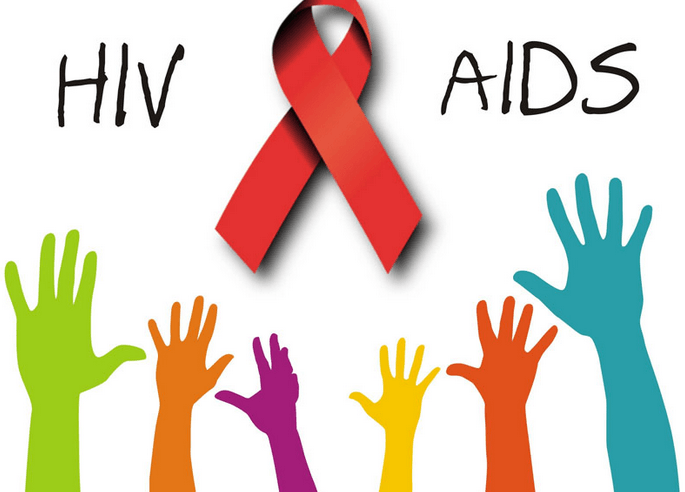
This viral infection can be transmitted through blood transfusions, breastfeeding, sharing needles, or sexual contact. HIV destroys CD4 cells (white blood cell that fights against diseases). As CD4 depletes in number, it weakens the immune system. A person can have an HIV infection before it develops into AIDS.
Symptoms include fever, swollen lymph nodes, fatigue, oral yeast infection, shingles, weight loss, and diarrhea. The symptoms of progression to AIDS include recurring fever, soaking night sweats, chronic diarrhea, unusual spots or lesions on the tongue, unexplained fatigue, and skin bumps or rashes.
4. Tuberculosis
Tuberculosis is an infectious disease caused by Mycobacterium tuberculosis. This condition affects the lungs and is the second biggest killer globally. TB symptoms include fever, night sweats, chronic cough, sputum with blood, and weight loss. The infection can also spread to other organs.
People with active tuberculosis can transmit the disease through the air when speaking, coughing, spitting, or sneezing. Using the same utensils or glasses can also spread the bacteria.
5. Aplastic Anemia
Aplastic anemia usually occurs when your body cannot produce enough new blood cells. This condition can lead to low platelets, white blood cells, and red blood cells. Aplastic anemia makes you vulnerable to infections and a higher risk of excessive bleeding. It may happen suddenly or gradually over a long period.
The symptoms of aplastic anemia include shortness of breath, fatigue, pale skin, dizziness, frequent infections, bleeding gums and nosebleeds, unexplained bruises, and irregular heart rate. The treatments for this condition include medications or blood transfusions. A bone marrow transplant or stem cell transplant may also be necessary.
6. Myelofibrosis
One of the causes of low lymphocyte count is Myelofibrosis. It is a bone marrow disorder that affects the average production of blood cells. This condition can lead to an enlarged spleen, fatigue, weakness, and severe anemia.
This is an uncommon type of chronic lymphocytic leukemia. Some signs and symptoms of Myelofibrosis include bone pain, shortness of breath, fatigue, easy bruising and bleeding, and pain or fullness sensation below the left side of the ribs.
7. Systemic Lupus Erythematosus

This is an autoimmune disease in which the immune system attacks the body’s healthy cells. The symptoms may vary from mild to severe. The common symptoms include swollen and painful joints, mouth ulcers, hair loss, swollen lymph nodes, red rashes on the nose and cheek, anemia, and fatigue.
SLE treatment may include anti-inflammatory medications for painful joints, creams for rashes, corticosteroids to decrease the immune response, antimalarial drugs, and targeted immune system agents.
8. Hodgkin’s Lymphoma
Also known as Hodgkin’s disease, it is a cancer of the lymphatic system that is part of its immune system. The development of this condition can affect the body’s ability to combat infections. In this disease, the cells in the lymphatic system grow abnormally.
The signs and symptoms of Hodgkin’s lymphoma may include swelling of the lymph nodes, fever and chills, fatigue, night sweats, weight loss, itching, sensitivity to alcohol, loss of appetite, and itching.
9. Dengue
Dengue is a mosquito-borne disease common in tropical areas—mild dengue results in muscle or joint pain, high fever, and rashes. You might also experience nausea and vomiting, minor bleeding from the nose or gums, and pain behind the eyes.
Severe dengue causes severe bleeding, hemorrhagic fever, and severe abdominal pain. This must be treated immediately, leading to a sudden decrease in blood pressure and death.
10. Radiation and Chemotherapy
Intense chemotherapy can lower the white blood cell count in the body. Cancer patients undergoing chemotherapy and radiation have a higher risk of infection. Signs of infection may include fever, diarrhea, chills, mouth ulcers, vomiting, sore throat or a cough, and sores in the throat or rectum.
Other causes of low lymphocyte count include cancer, spleen enlargement, sepsis, folate deficiencies, Sjogren’s syndrome, and steroid use. Copper and zinc deficiency can also cause it.
4 Inherited Causes of Low Lymphocyte Count
Some diseases passed down genetically by parents may affect the production of lymphocytes. These conditions may include the following:
1. Wiskott – Aldrich syndrome
Wiskott-Aldrich syndrome (WAS) is a rare genetic disorder that affects the immune system and blood clotting. It is caused by a mutation in the WAS gene, which is responsible for producing a protein called WASP.
This protein plays a crucial role in the development and functioning of immune cells and platelets. Individuals with WAS have a weakened immune system, making them more susceptible to infections, and they also experience abnormal bleeding due to a decreased number of platelets.
Symptoms of WAS typically include eczema, recurrent infections, and easy bruising or bleeding. Treatment options for WAS vary depending on the severity of the condition and can include stem cell transplantation, gene therapy, and medication to manage symptoms.
2. Ataxia-telangiectasia
Ataxia-telangiectasia, also known as A-T, is a rare genetic disorder that affects multiple systems in the body. It is caused by mutations in the ATM gene, which is responsible for repairing DNA damage.
Individuals with A-T may experience a range of symptoms, including progressive difficulty with movement and balance (ataxia), spider-like blood vessels (telangiectasia), weakened immune system, increased risk of cancer, and cognitive impairment.
A-T is typically diagnosed in childhood, and there is currently no cure. Treatment options focus on managing symptoms and addressing complications as they arise.
3. DiGeorge Syndrome
DiGeorge Syndrome is a primary immunodeficiency disease caused by chromosome 22. It is often characterized by T-cell deficiency and affects the immune system, heart, emotions, and behavior. It also results in reduced levels of calcium in the blood. While some symptoms appear at birth, others develop until infancy or childhood.
Some signs and symptoms may include bluish skin caused by heart, breathing, spasms, gastrointestinal problems, frequent infections, delayed speech, and motor development.
Other symptoms are a cleft palate, difficulties in learning, underdeveloped ears, chin, and wide-set eyes.
4. Severe Combined Immunodeficiency
Severe Combined Immunodeficiency (SCID) is a rare genetic disorder that affects the immune system. This disorder is characterized by the absence or severely impaired function of T and B lymphocytes, essential components of the immune system.
SCID is a life-threatening condition that makes individuals highly susceptible to infections that are typically harmless to healthy individuals. This disorder can be caused by gene mutations, such as the IL2RG gene or ADA gene.
Treatment options include bone marrow or stem cell transplantation, enzyme replacement, and gene therapy.
How to Treat Low Lymphocyte Count?
The treatment for low lymphocytes depends on the leading cause of the problem. Typically, mild lymphocytopenia with no underlying cause can improve on its own through diet or lifestyle changes.
1. Increase Vitamin C Intake: Increasing your intake of vitamin C-rich foods such as citrus fruits, kale, broccoli, and bell peppers can help boost your lymphocyte count.
You can also consume some Vitamin D and B6. According to Nature Reviews Immunology research, vitamin D can help produce lymphocyte T-cells and keep your immunity strong. Vitamin B6 can help improve the body’s immune function and produce lymphocytes.
2. Take Supplements: Certain supplements such as zinc, omega-3 fatty acids, and probiotics can help boost your lymphocyte count.
The Intake of a sufficient amount of zinc is essential to keep the immune system healthy. Zinc can help the body activate lymphocyte T cells. Zinc deficiency can cause frequent headaches, dull skin, hair loss, or indigestion.
To increase the zinc level in your body, you can consume almonds, oysters, peanuts, and pumpkin seeds. You can also take zinc supplements.
3. Exercise Regularly: Regular physical activity has been linked to a higher lymphocyte count. Aim for 30 minutes of exercise most days of the week.
4. Reduce Stress: Stress can hurt your lymphocyte count. Relax and practice stress relief techniques such as meditation, prayer, and yoga.
5. Eat Healthily: Eating a healthy diet rich in fruits, vegetables, lean proteins, and whole grains can help maintain a healthy lymphocyte count.
6. Get Adequate Sleep: Sleep deprivation can lead to a decrease in lymphocyte count, so it is important to get at least 7-9 hours of sleep per night.
7. Avoid Alcohol: Alcohol consumption can affect the production of lymphocytes, so it is important to limit your intake of alcoholic beverages.
8. Stay Hydrated: Drinking plenty of water and other fluids can help you stay hydrated, which can help to maintain a healthy lymphocyte count.
When to worry about low lymphocytes?
See your doctor when you have the symptoms below:
- Persistent symptoms such as persistent fevers, night sweats, fatigue, or loss of appetite
- Have been recently diagnosed with an autoimmune disorder or chronic illness
- Been exposed to a virus or bacteria
- If you have been diagnosed with HIV or AIDS
- Undergone major surgery or received chemotherapy
- If you are taking medications that may affect your lymphocyte levels, such as antibiotics or immunosuppressants



